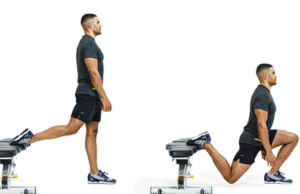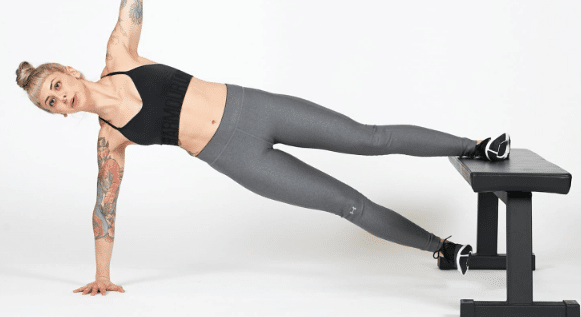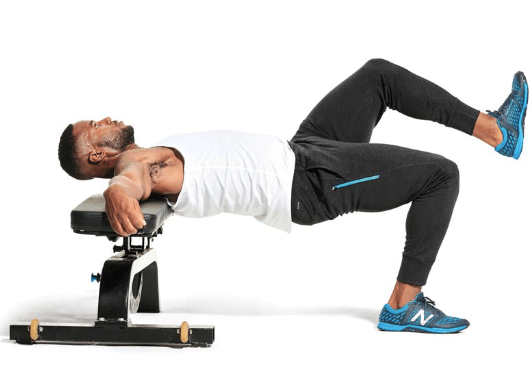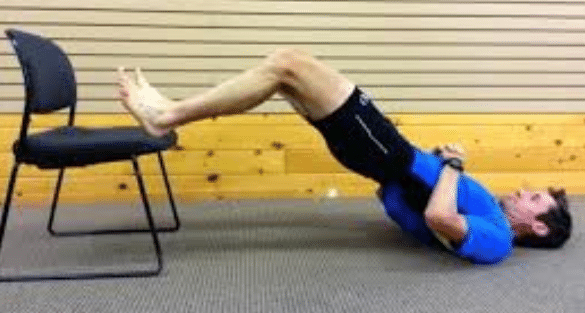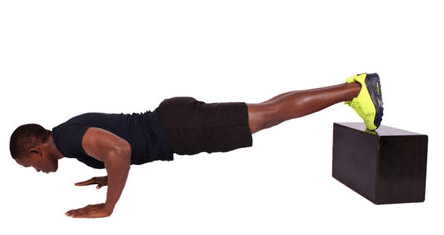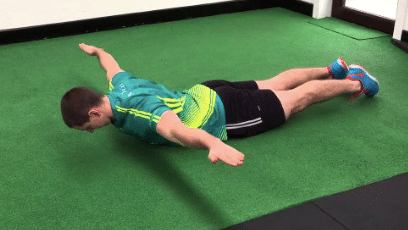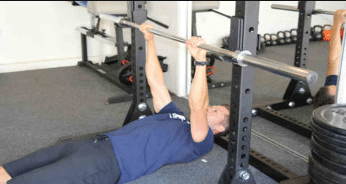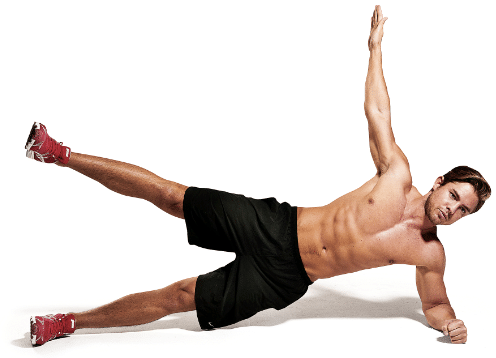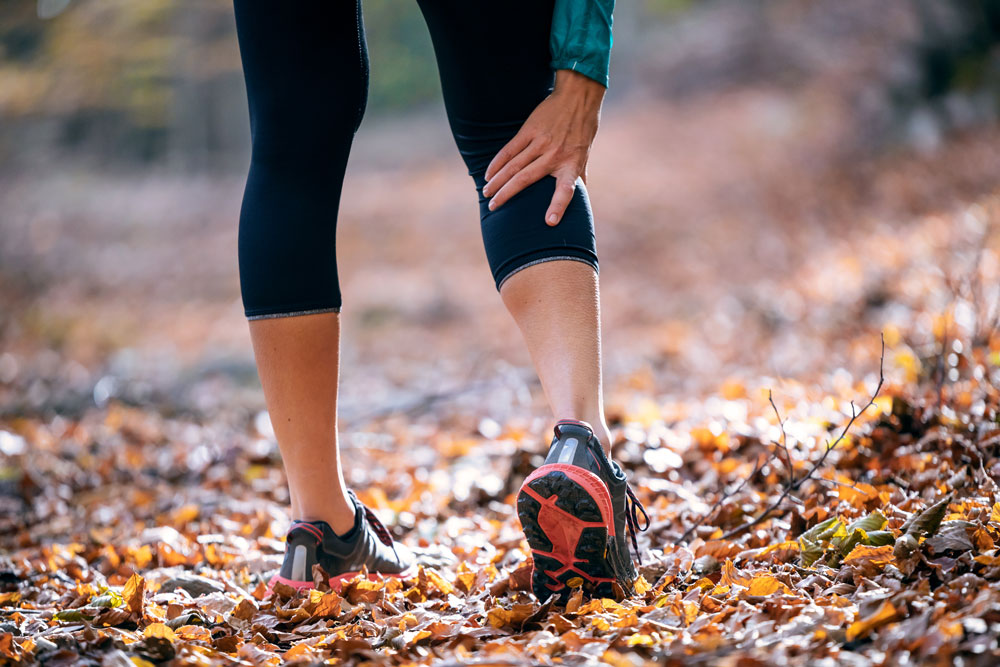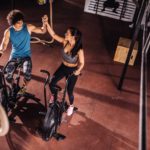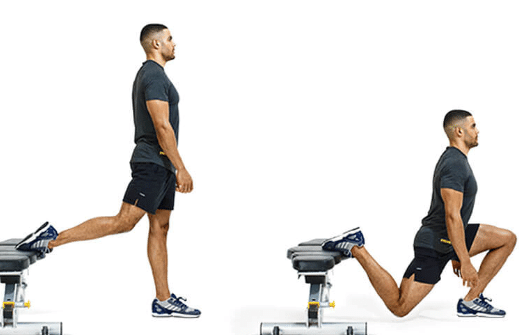
Exercise at Home is Easier Than You Think
Now that the restrictions have caused gyms to close and outdoor gatherings to all but cease, the motivation and feasibility of being able to exercise at the moment will have no doubt decreased. All hope is not lost though; exercise at home is something that we all need to embrace, not just for physical health, but also mental wellbeing. It is still possible to maintain/increase muscle strength and conditioning while at home, you just need to know the parameters.
The key point to know about strength training is the fact that muscular fatigue stimulates growth. Lifting heavy weights brings on fatigue quicker because the body has to work harder and therefore we don’t need to perform as many heavily weighted reps to fatigue the body. Evidence shows that performing reps close to failure with a weight that is 30% of your 1 rep max still increases muscle strength and size. So for those of us who don’t have home gyms, at least you’ll still be able to work your body to the same extent you’d be able to at the gym.
So now that we know you can still improve your strength at home how are the best ways to go about this? I don’t think there are many people out there who would enjoy doing 3 sets of 100 body weight squats, if you do than you’ll have no issues with the next few months. For those of us who don’t, there are plenty of other options to choose from. Here are some exercises that challenge the body with just bodyweight:
 Bulgarian split squat
Bulgarian split squat
A tough single leg exercise that can challenge the core, glutes, quads, and hip stabiliser muscles. This exercise can be used instead of a squat because it fatigues the muscles faster as a single leg exercise and is a good variation of a squat. If you have some weights at home you can progress the exercise by holding a weight and/or slowing the eccentric phase of the movement (a guaranteed way to increase the burn). If a Bulgarian split squat is too hard you can regress the exercise to a split squat.
 Copenhagen/modified Copenhagen plank
Copenhagen/modified Copenhagen plank
An effective isometric hip adductor exercise that can also work the obliques. The Copenhagen plank has moderate evidence to suggest it is the most effective adductor injury prevention exercise. If the full Copenhagen plank is too difficult then the modified version is a good way to start off. To progress from the Copenhagen you can turn it into a movement where you use your adductors to drive your hips up and lift your torso off the ground.
 Single leg hip thrust
Single leg hip thrust
Another glute burner. Research shows that hip thrusts activate the glutes more than a squat would. Doing single leg hip thrusts is guaranteed to make you feel like you’ve worked hard. To progress the exercise, you can place a band around your hips and under to foot to increase the resistance, you can slow the movement down, or you could add some weight to rest on your hips if you have weights. Regressions would be double leg hip thrusts, or doing them on a flat surface.
 Hamstring bridge
Hamstring bridge
The reverse set up to the single leg hip thrust. The further your feet are from your body, the more hamstring activation there is. Start with your legs bent at 90 degrees and hold for 20-40 seconds, you can progress to a hip thrusting movement and then work towards doing the exercise with straight legs to really work the hamstrings. The final progression is Nordic hamstring curls – the most researched hamstring injury prevention exercise.
 Pushups
Pushups
Progressions include; decline pushups, diamond pushups, clap pushups, slow tempo, using a band around your shoulder and under your hands to add resistance, and weight to your back if you have any. Regressions include; wall pushups, incline pushups, and knee pushups.
 YTWI
YTWI
A good shoulder stability and back exercise. Lie flat on the ground and isolate the movements to your shoulders. The aim is to create the letters YTWI with your arms. This one has the capacity to cause a burn early on. Even holding a 1-2kg weight in each arm can really cause your shoulders to work hard. When doing this exercise ensure that your shoulders don’t drop down when doing the I.
 Pull ups/supine body row
Pull ups/supine body row
If you have a bar or rail or anything that enables you to do pull ups then that’s great, if not you can attempt a supine body row. This one targets your mid back and can nearly be as challenging as a pull up. If you have a table or a lower hanging rail then you can do this exercise. The key is to keep your body straight when lifting yourself up, don’t arch your chest and lean back in order to get that extra centimetre.
 Some effective core exercises to do at home include
Some effective core exercises to do at home include
side plank (progress by having top leg lifted off the ground), plank (so many progressions to choose from), Russian twists (progress by pausing at each side), dead bugs (progress by pausing at bottom of each rep, add a small weight in each arm, do a reverse crunch after each rep), ab wheel rollout (they cost $10 from Big W and are a great workout), bear crawl, hanging leg raises.
These exercises can be done in a circuit as a cardio HIIT work out or even just a normal strength set, it all depends on what your goals are. At the moment we are still allowed to leave the house to run or walk, so you should incorporate some running or faster walking into your exercise regime. A great running workout is hill sprints, any runner will tell you how much they boost your fitness while improving your strength, particularly in the glutes and quads. You can add these into your sessions e.g. at the end of each circuit run outside and do 5 hill sprints outside your house. 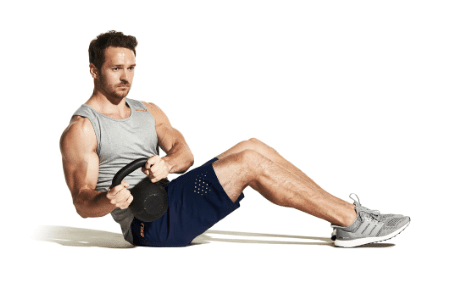
Just because we can’t go to the gyms doesn’t mean we can’t bring the gym to us. We have a unique opportunity to trial new ways to keep fit and find enjoyment in this tough time. If you’d like a personal program please contact us, we are still open and our exercise physiologist is able to offer individual programs for you.

